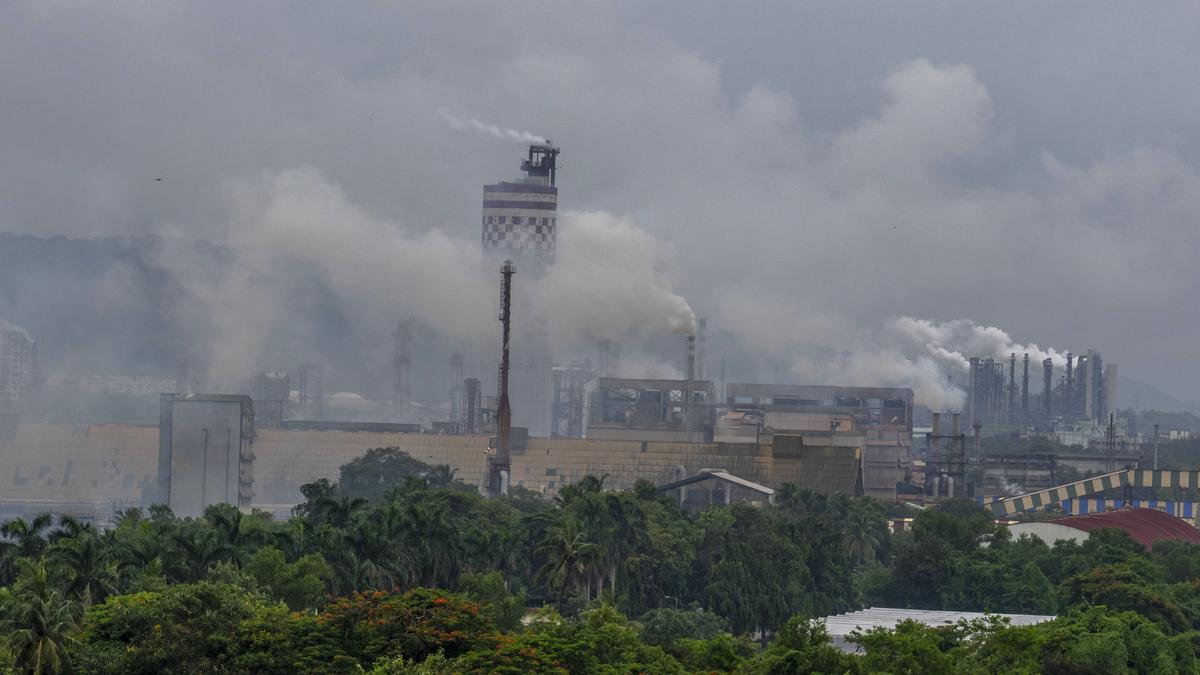India's Role In Carbon Emission Reductions.
India's average rate of reduction in emissions increased to 3% annually in the period 2016-2019, from just about 1.5% in the period 2014-2016.
“There is continuous reduction in the emission intensity of the Indian economy, which shows the country has been able to completely decouple its economic growth from greenhouse gas emissions,” one official, who declined to be named, told Reuters.
The progress made on reducing emissions intensity should help India avert pressure by developed nations to stop using coal, the second official said.
As of 2019, forests and trees covered 24.56%, or 80.73 million hectares, of India.
Recently, India has also been trying to promote green hydrogen, manufactured by splitting water molecules using renewable energy.
A third official said the report is yet to be ratified by the federal cabinet.
India’s environment ministry did not respond to queries sent on Monday by Reuters.
Central Electricity Authority data shows that non-fossil fuel-based power - including hydro, nuclear and renewable energy - accounted for 25.3% of India's total power generation in the fiscal year that ended in March, up from 24.6% three years earlier.
Thermal power stations still provide 73% of the electricity consumed, down from about 75% in 2019.
The Group of 20 (G20) major economies failed twice last month to agree on phasing out the use of fossil fuels and on setting concrete targets to cut emissions.
Developing countries including India are resisting higher emission reduction targets, arguing that industrialised nations unfettered use of fossil fuels have depleted resources.


Comments
Post a Comment